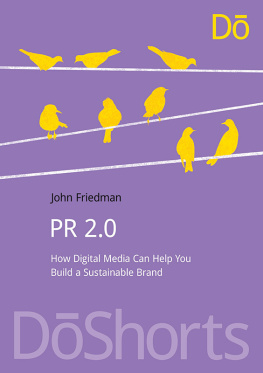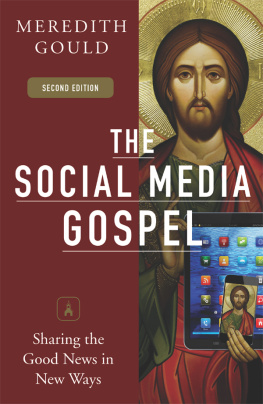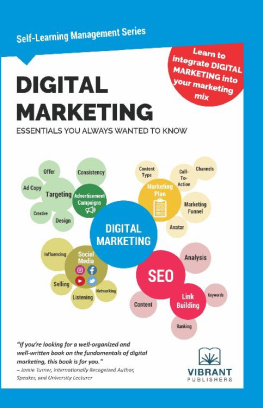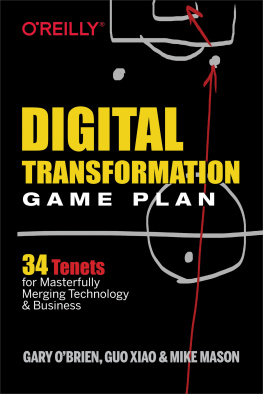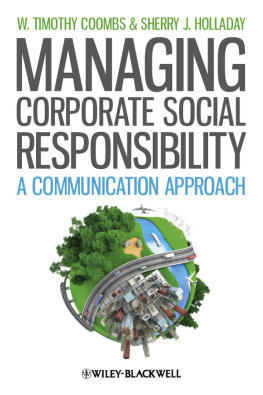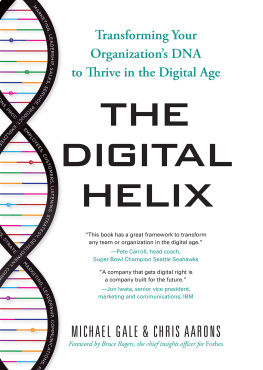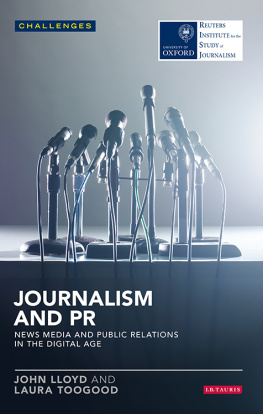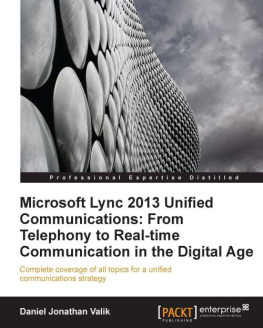First published in 2015 by D Sustainability
87 Lonsdale Road, Oxford OX2 7ET, UK
Copyright 2015 John Friedman
The moral right of the author has been asserted.
All rights reserved. No part of this publication may be reproduced, stored in a retrieval system, or transmitted, in any form or by any means, electronic, mechanical, photocopying, recording or otherwise, except as expressly permitted by law, without the prior, written permission of the publisher.
ISBN 978-1-910174-42-5 (eBook-ePub)
ISBN 978-1-910174-43-2 (eBook-PDF)
ISBN 978-1-910174-41-8 (Paperback)
A catalogue record for this title is available from the British Library.
D Sustainability strives for net positive social and environmental impact. See our sustainability policy at www.dosustainability.com .
Page design and typesetting by Alison Rayner
Cover by Becky Chilcott
For further information on D Sustainability, visit our website:
www.dosustainability.com
D Sustainability is the publisher of DShorts : short, high-value business guides that distill sustainability best practice and business insights for busy, results-driven professionals. Each DShort can be read in 90 minutes.
New and forthcoming DShorts stay up to date
We publish new DShorts each month. The best way to keep up to date? Sign up to our short, monthly newsletter. Go to www.dosustainability.com/newsletter , or click here to sign up to the D Newsletter . Some of our latest and forthcoming titles include:
- Networks for Sustainability: Harnessing People Power to Deliver Your Goals Sarah Holloway
- Making Sustainability Matter: How To Make Materiality Drive Profit, Strategy and Communications Dwayne Baraka
- Creating a Sustainable Brand: A Guide to Growing the Sustainability Top Line Henk Campher
- Cultivating System Change: A Practitioners Companion Anna Birney
- How Much Energy Does Your Building Use? Liz Reason
- Lobbying for Good: How Business Advocacy Can Accelerate the Delivery of a Sustainable Economy Paul Monaghan & Philip Monaghan
- Creating Employee Champions: How to Drive Business Success Through Sustainability Engagement Training Joanna M. Sullivan
- Smart Engagement: Why, What, Who and How John Aston & Alan Knight
- How to Produce a Sustainability Report Kye Gbangbola & Nicole Lawler
- Strategic Sustainable Procurement: An Overview of Law and Best Practice for the Public and Private Sectors Colleen Theron & Malcolm Dowden
- The Reputation Risk Handbook: Surviving and Thriving in the Age of Hyper-Transparency Andrea Bonime-Blanc
- Business Strategy for Water Challenges: From Risk to Opportunity Stuart Orr and Guy Pegram
- Accelerating Sustainability Using the 80/20 Rule Gareth Kane
- The Guide to the Circular Economy: Capturing Value and Managing Material Risk Dustin Benton, Jonny Hazell and Julie Hill
Subscriptions
In addition to individual sales of our ebooks, we now offer subscriptions. Access 60+ ebooks for the price of 6 with a personal subscription to our full e-library. Institutional subscriptions are also available for your staff or students. Visit
Write for us, or suggest a DShort
Please visit www.dosustainability.com for our full publishing programme. If you dont find what you need, write for us! Or suggest a DShort on our website. We look forward to hearing from you.
Abstract
AT THE DAWN of the 21st century, several trends have come together to transform how organizations effectively communicate with stakeholders.
- First, the instant information age has irrevocably changed how people create, share, receive, judge and interact with information.
- Second, the focus on transparency and authenticity driven by the emphasis on corporate responsibility has transformed the role of business communicators from developing and disseminating messages to engaging stakeholders.
- Third, while public relations is often a synonym for media relations, its real value is maximizing how an organization manages its relationships with its various publics.
- Fourth, digital media offer many of the same attributes that make face-to-face the most effective form of communications; including interactivity, immediacy and the ability to establish relationships despite physical distances.
- Lastly, the fragmentation of media audiences, increasing skepticism of traditional corporate messages and a digital-savvy workforce and consumer base necessitate that companies take advantage of the tools are available and use them most effectively. The true value of digital media can only be fully realized by leveraging these trends. This book presents effective and proven strategies to do so. I call this transformation PR 2.0.
About the Authors
JOHN FRIEDMAN is an award-winning communications professional and recognized sustainability expert with more than 25 years of experience as both an external and internal sustainability leader, helping companies, ranging from small companies to leading global enterprises, turn their values into successful business models by integrating their environmental, social, and economic aspirations into their cultures and business practices.
@JohnFriedman is recognized as a thought leader on digital media; #2 on Triple Pundits List of the Top 30 Sustainability Bloggers on Twitter http://www.triplepundit.com/2013/03/top-30-sustainability-bloggers-twitter/ , #3 on GreenBiz list of most influential twitterati http://www.greenbiz.com/blog/2014/08/13/greenbiz-twitterati-2014 , #14 on Guardian Business 30 most influential sustainability voices in America http://www.theguardian.com/sustainable-business/twitter-list-30-sustainability-voices-america and has regularly been included among the top voices in CSR by Forbes Brandfog since 2010. His insights on sustainability issues and strategy are regular features on Huffington Post, and he hosts Sound Living with John Friedman on EcoPlanetRadio.com. His pieces have also appeared on 3BLMedia, CSRwire, SustainableBrands, Forbes.com, Vaultcareers, and JustMeans. An Albany State (New York) communications graduate, Friedman earned a management certificate as part of the Lafarge/Duke Management Training program at the Fuqua School of Business in 2000.
Contents
FIGURE 1. Where do digital media fit?
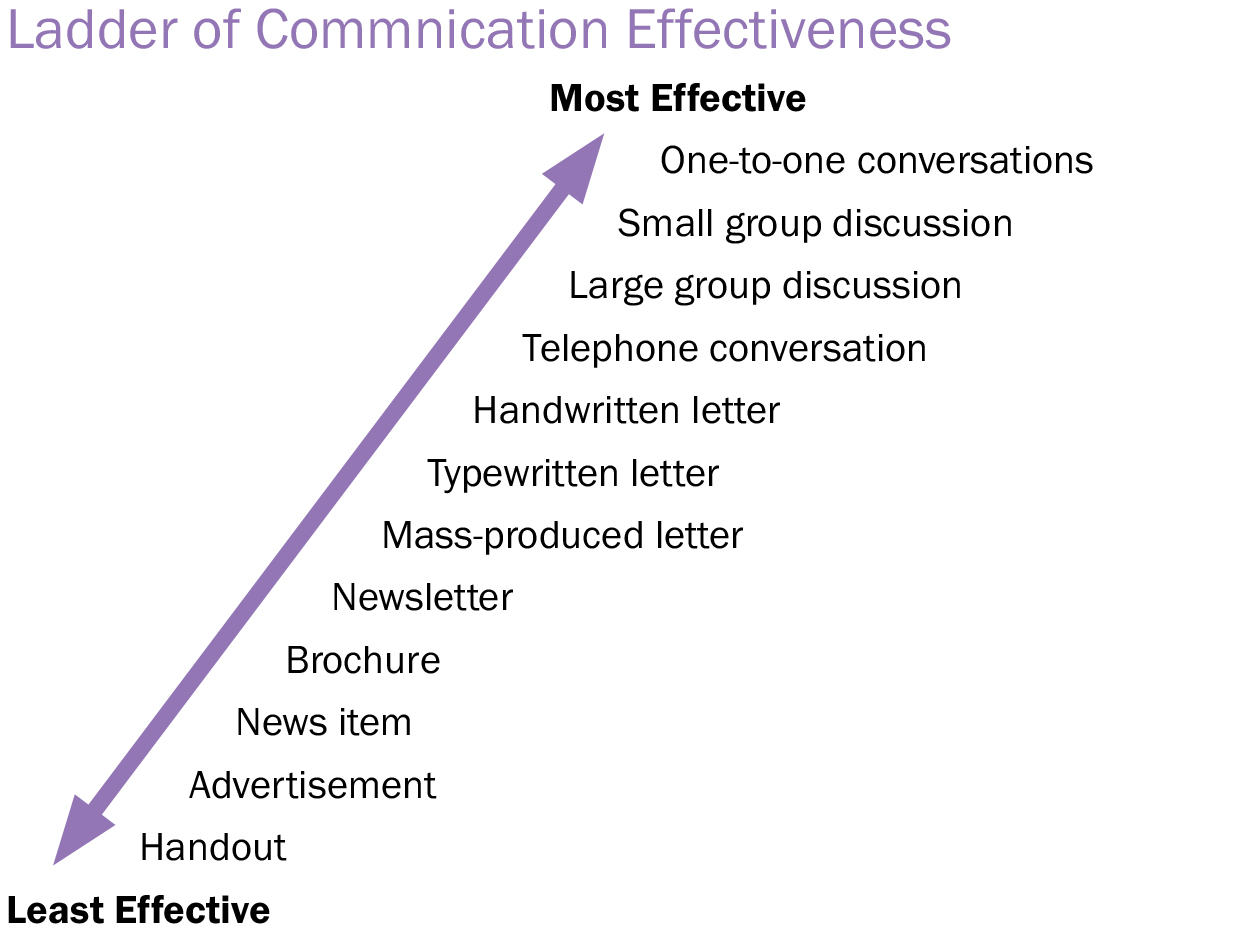
Created in 1985 by the Harvard Business Review, before e-mail or digital media, the question now needs to be asked, and answered: Where do digital media like e-mail, Facebook, Twitter, Instagram, etc. belong on this graphic?
AT THE 2014 Sustainable Brands conference in San Diego, protestors carrying signs and an increasing number of tweets from relatively few accounts should have served as a canary in the coalmine for conference sponsor 3M. But when their VP of global sustainability took the main stage for a scheduled presentation, she stuck with her prepared script. As a result, conference attendees started weighing in via Twitter, even during her remarks. Comments ranged from questioning Good social innovation talk from @3M, but curious made no mention of the forestry issues or protesters outside to the downright critical #3M #sustainability VP gave a speech at #SB14sd that didnt address controversial fiber in 3Ms #supplychain and I had a hard time ignoring this. How can they? The story quickly expanded beyond the 2000 conference attendees. Both

